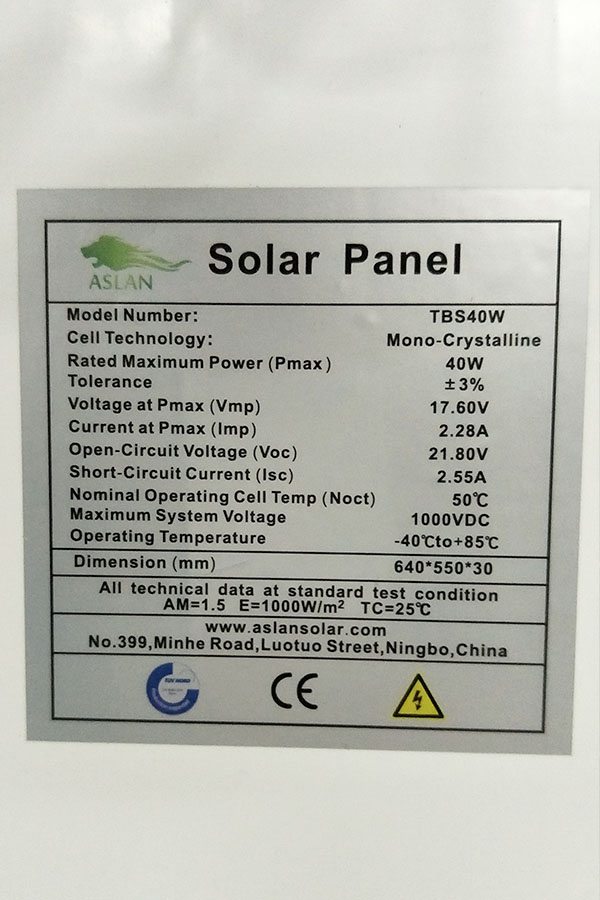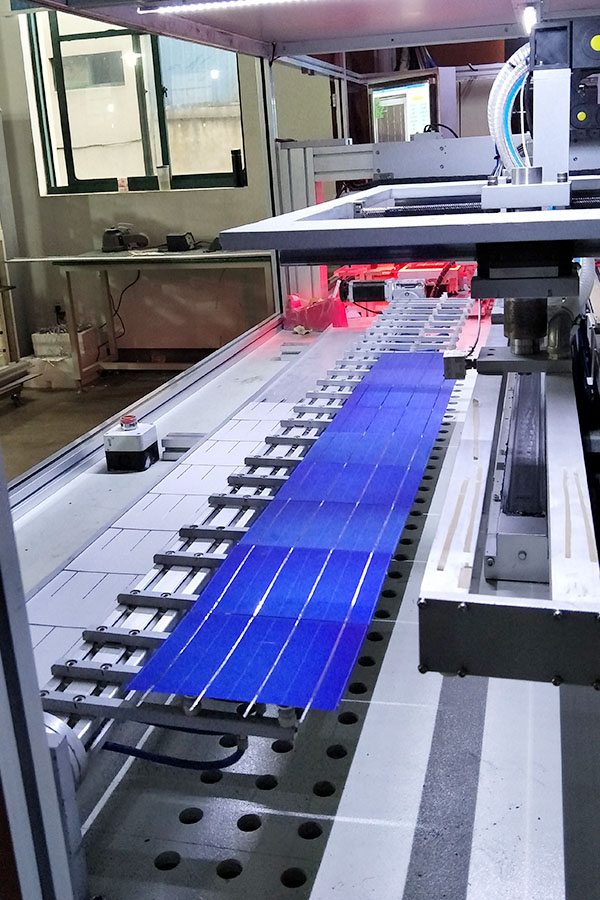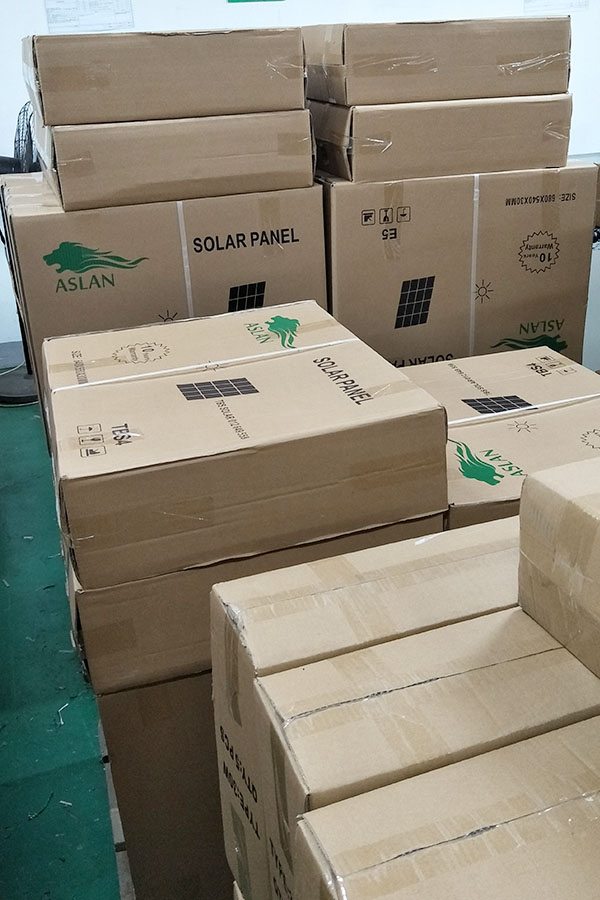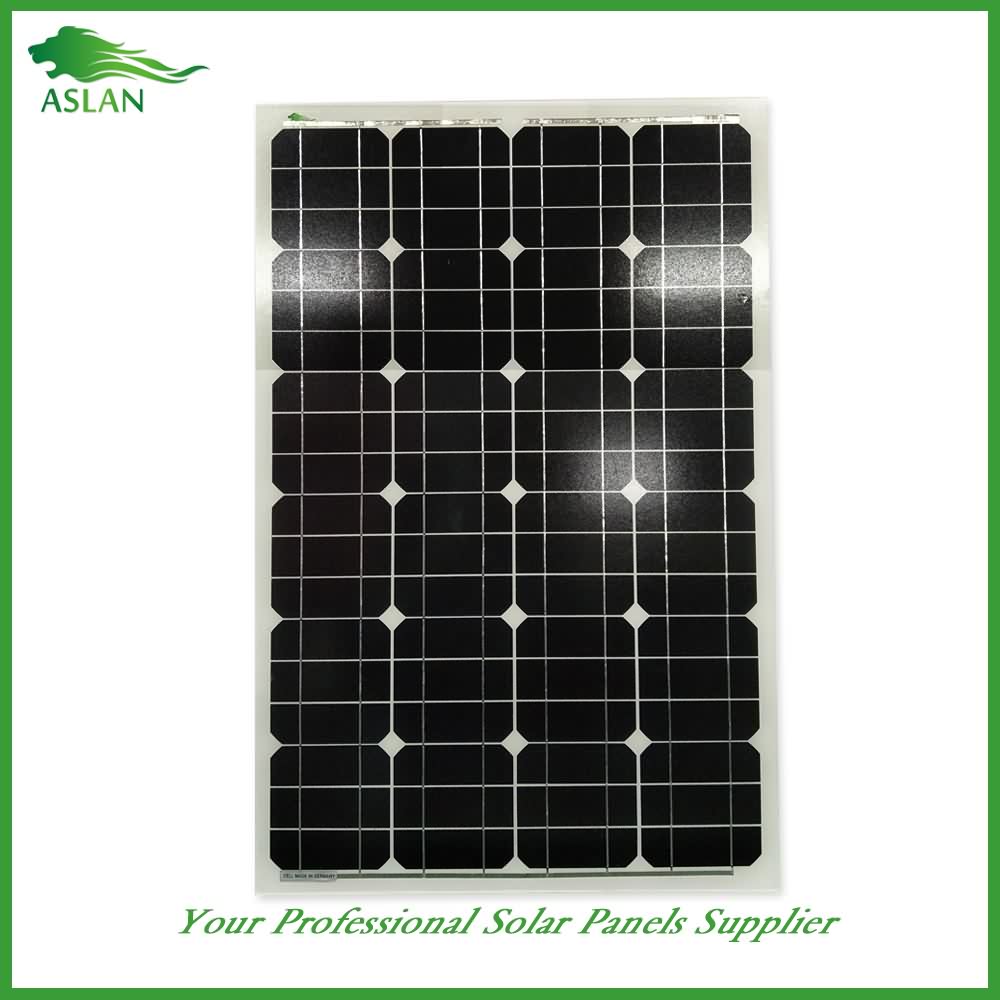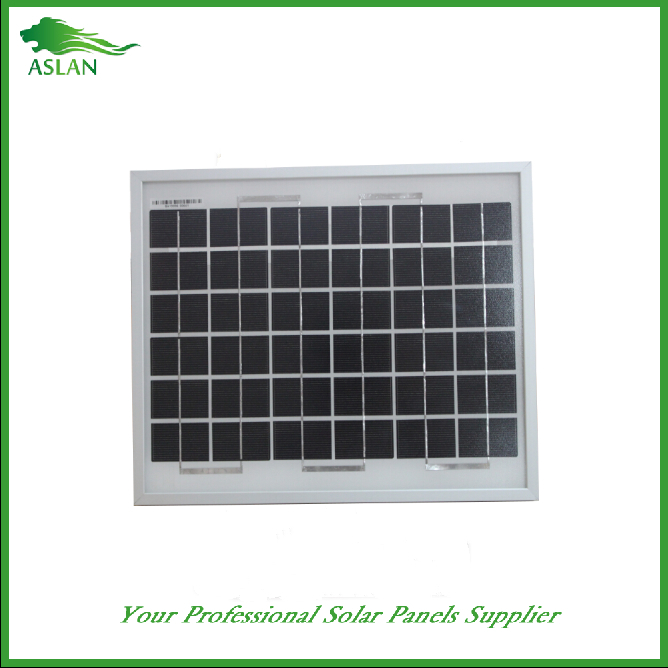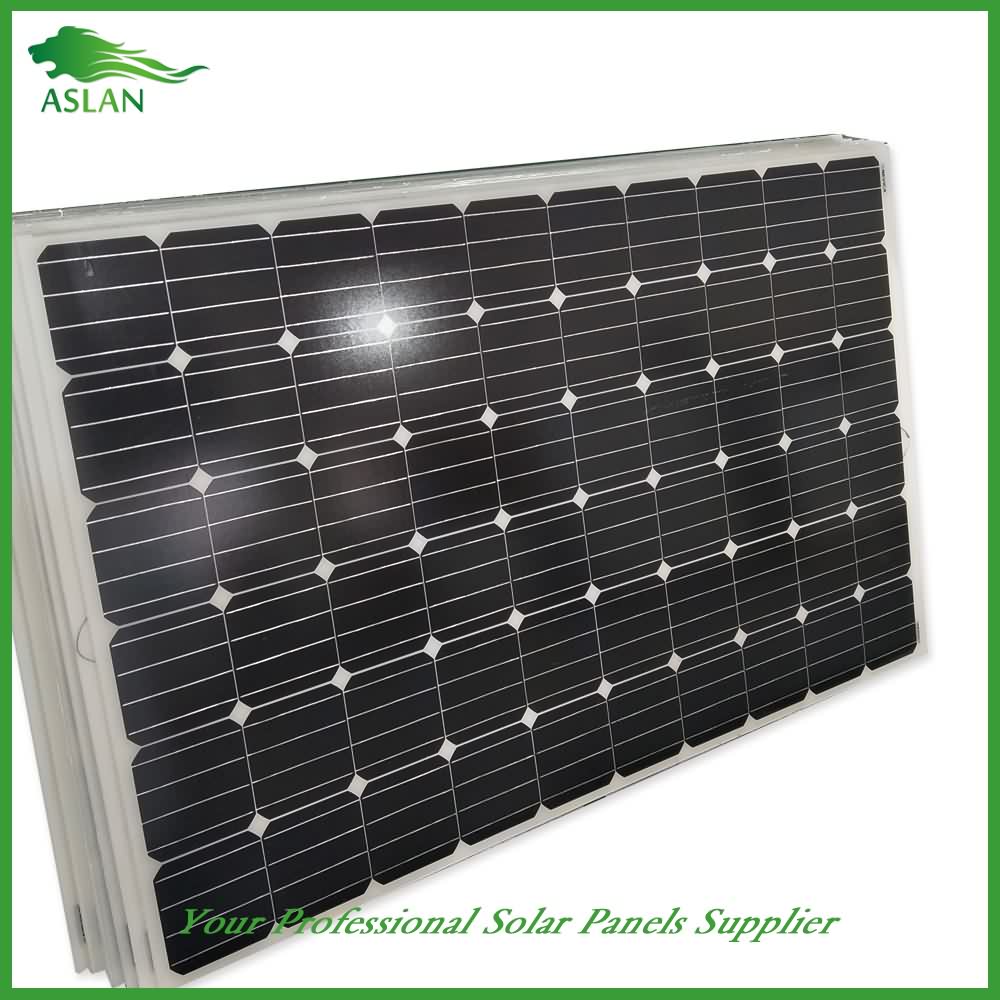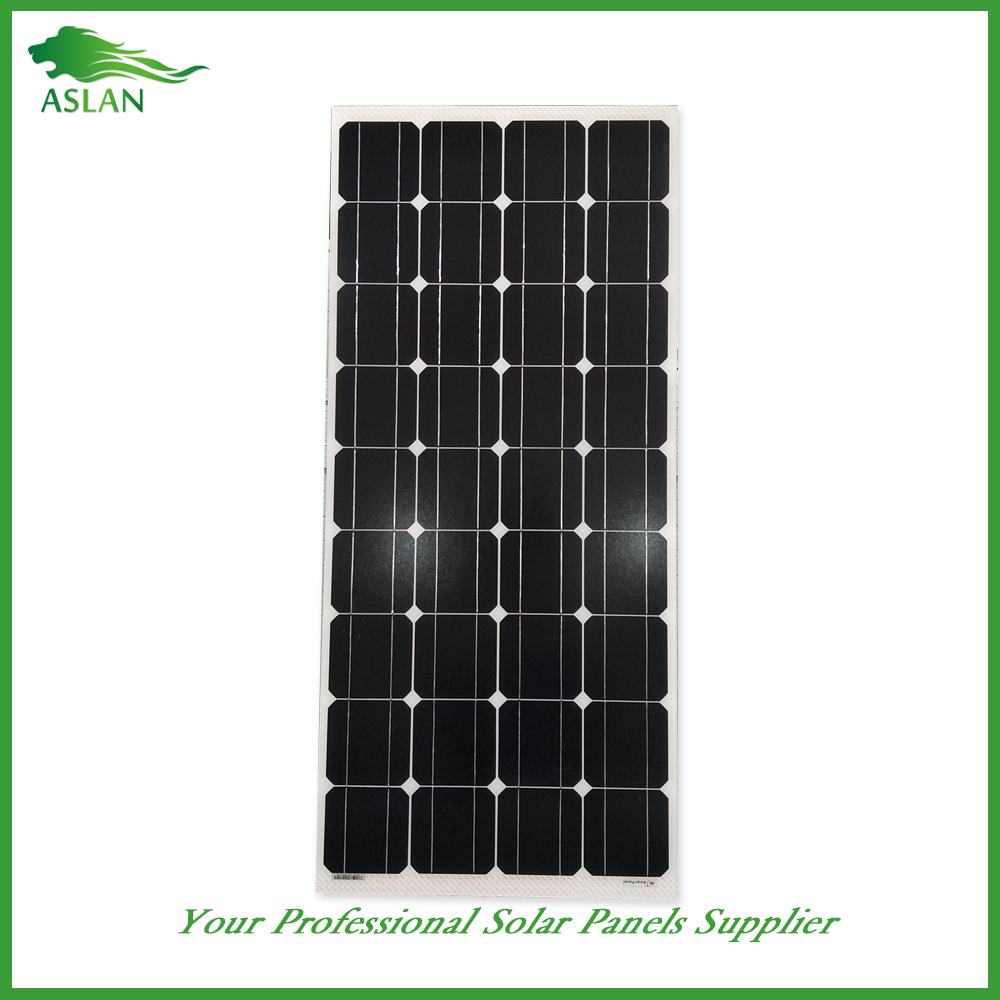12 Years Factory Mono-Crystalline 50W Solar Panel to Sheffield Manufacturers
Short Description:
Our well-equipped facilities and excellent quality control throughout all stages of production enables us to guarantee total customer satisfaction for 12 Years Factory Mono-Crystalline 50W Solar Panel to Sheffield Manufacturers, We sincerely welcome friends from all over the world to cooperate with us on the basis of long-term mutual benefits.
Technical parameter
Maximum Power(W) 50W
Optimum Power Voltage(Vmp) 18.72V
Optimum Operating Current(Imp) 2.67A
Open Circuit Voltage(Voc) 22.83V
Short Circuit Current(Isc) 2.94A
Mechanical Characteristics
Cell Type Monocrystalline 125×62.5mm
No of Cell 36 (4x9pcs)
Dimensions 636x554x25mm
Weight 4.2Kg
Front Glass 3.5mm,High Transmission, Low Iron,Tempered Glass
Junction box IP65 Rated
Output Cable TUV 1×4.0mm2/UL12AWG,Length:900mm
Temperature and Coefficients
Operating Temperature(°C): -40°C ~ + 85°C
Maximum System Voltage: 600V(UL)/1000V(IEC) DC
Maximum Rated Current Series: 15A
Temperature Coefficients of Pmax: -0.47%
Temperature Coefficients of Voc: -0.389%
Temperature Coefficients of Isc: 0.057%
Nominal Operationg Cell Temperature (NOCT): 47+/-2°C
Materials of solar panel
1).Solar Cell——Mono-crystalline solar cell 125*125mm
2).Front Glass——-3.2mm, high transmission, low iron, tempered glass
3).EVA——-excellent anti-aging EVA
4).TPT——-TPT hot seal made of flame resistance
5).Frame——anodized aluminum profile
6).Junction Box——-IP65 rated, high quality, with diode protection
Superiority: high quality anodized aluminum frame, high efficiency long life, easy installation, strong wind resistance, strong hail resistance.
Features
1. High cell efficiency with quality silicon materials for long term output stability
2. Strictly quality control ensure the stability and reliability, totally 23 QC procedures
3. High transmittance low iron tempered glass with enhanced stiffness and impact resistance
4. Both Poly-crystalline and Mono-crystalline
5. Excellent performance in harsh weather
6. Outstanding electrical performance under high temperature and low irradiance
Quality assurance testing
Thermal cycling test
Thermal shock test
Thermal/Freezing and high humidity cycling test
Electrical isolation test
Hail impact test
Mechanical, wind and twist loading test
Salt mist test
Light and water-exposure test
Moist carbon dioxide/sulphur dioxide
In this video I show you how to build an automated bottom balancing device for large capacity lithium ion cells. These are the cells you would likely use for building an electric car.
I explain each component used and then I show you step by step how to wire the device. Then I show it in use.
I purchased all these components from EVTV and id like to thank Jack Rickard for his support in the DIY Electric Conversion Community!
TomsWonderfulWorld
A Michigan State University research team has developed a transparent solar panel capable of capturing solar energy.
Professor Richard Lunt, MSU assistant professor who headed the research, believes that the panel can be employed in a wide variety of settings.
“It can be used on tall buildings with lots of windows or any kind of mobile device that demands high aesthetic quality like a phone or e-reader. Ultimately we want to make solar harvesting surfaces that you do not even know are there,” Lunt said in a MSU press release.
Most solar panels capture visible spectrum light, which represents just a small segment of electromagnetic wave spectrum. The transparent luminescent solar concentrator (TLSC) doesn’t capture visible light, but non-visible ultraviolet waves are absorbed by the device.
The concentrator then converts it into another colorless infrared wavelength and sends it to the edge of the concentrator, where photovoltaic solar cells convert light energy to electricity.
Right now the TLSC is performing at around 1% efficiency, but the MSU team believes it can be optimized to around 5%. Currently, non-transparent luminescent concentrators perform can achieve 7% efficiency, at best.


